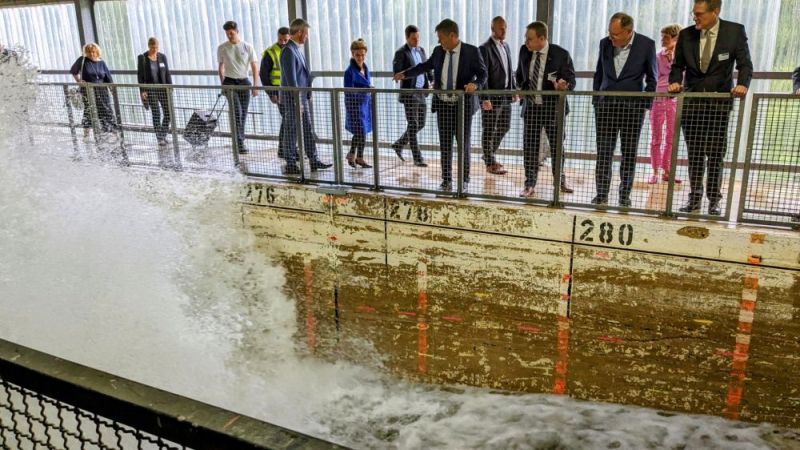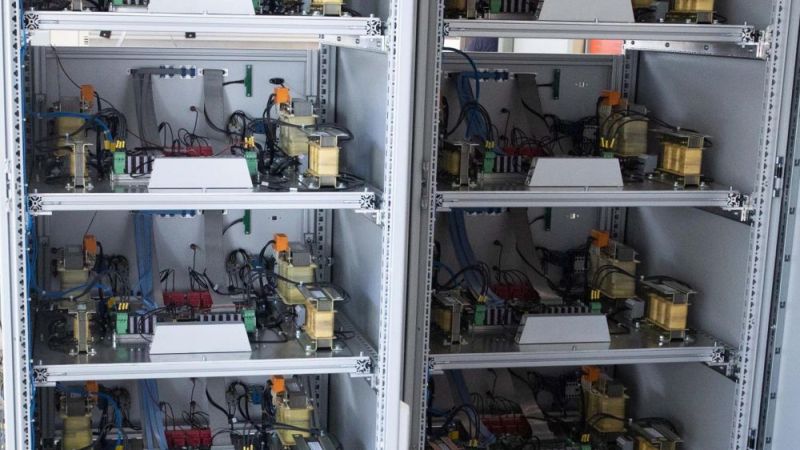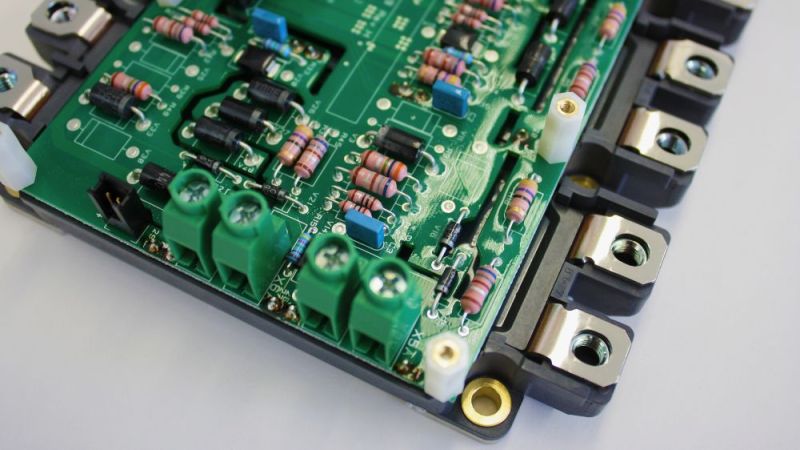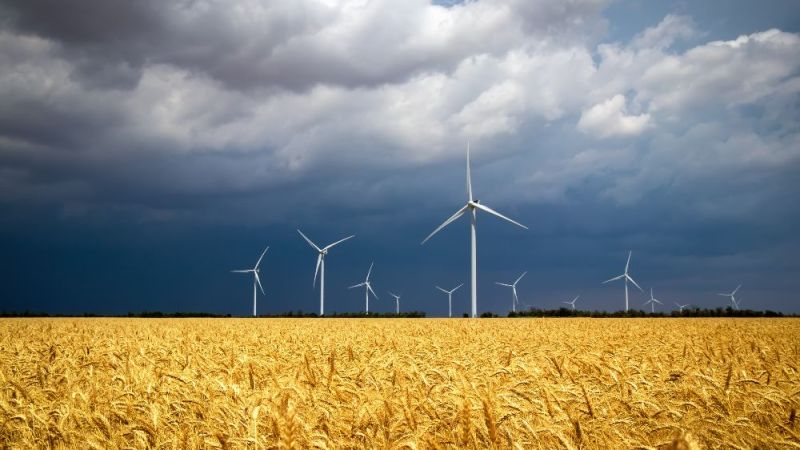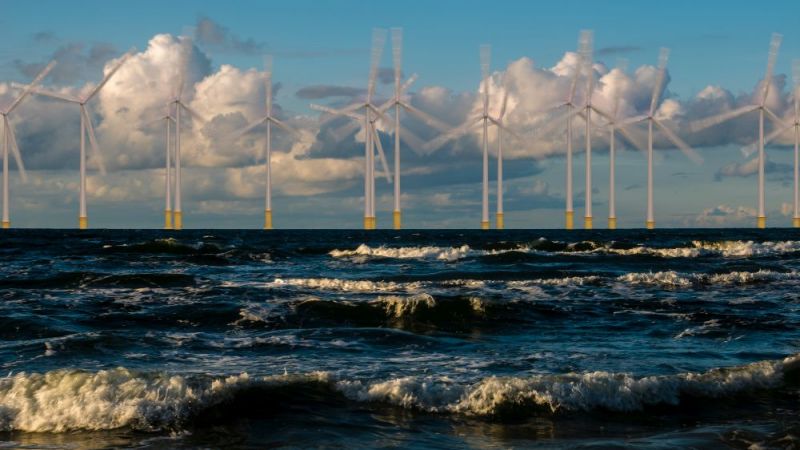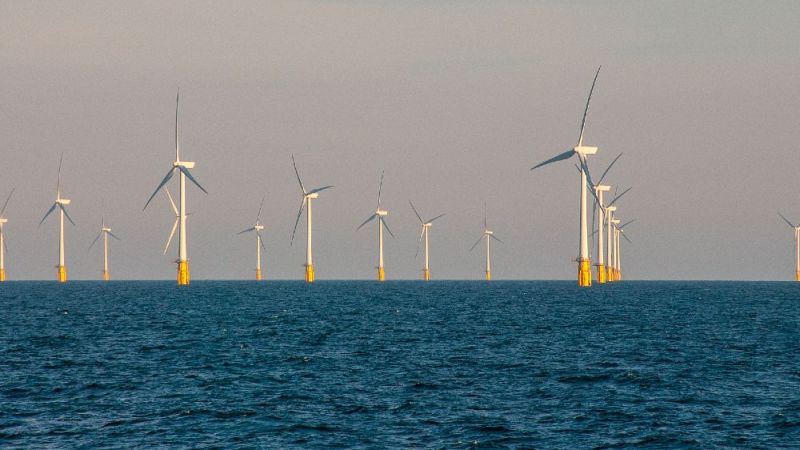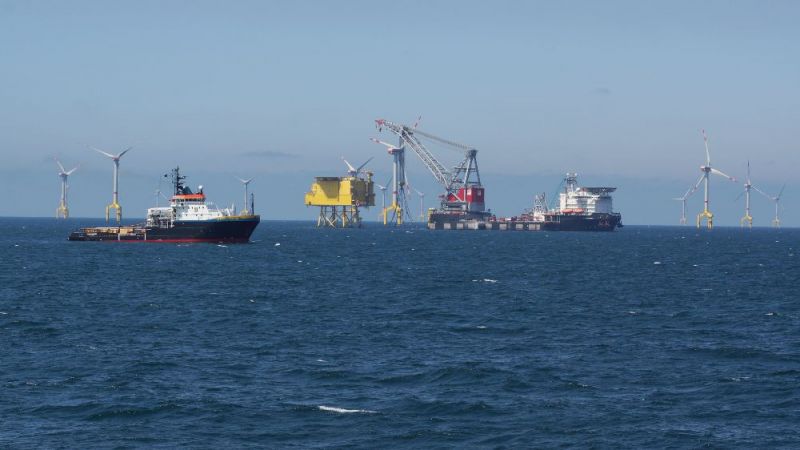Wind power
Measuring rotor blades from a distance
An innovative measurement concept will in future support the servicing of wind turbines. This will also help to further optimise the plant design.
Even at normal wind speeds, the rotor blades and tower of a wind turbine vibrate up to one metre. These unavoidable vibrations place considerable stress on the material, which can cause damage and, in the worst case, result in plant failure. Wind farm operators therefore use permanently installed sensors to continuously check whether a plant shows conspicuous deviations from its regular vibration behaviour. This information is then used to draw conclusions about the functional state of the plant, as well as for its assessment and servicing.
Measurements can only be made at the points where sensors were installed during the construction of the plant. It is therefore not possible to record the comprehensive vibration pattern of the entire plant. Moreover, integrated vibration meters often cannot be replaced if they are defective.
The Fraunhofer Institute of Optronics, System Technologies, and Image Exploitation IOSB has therefore developed an innovative measurement concept. For the first time, it applies laser Doppler vibrometry (LDV), which is already used today to investigate and evaluate the vibration properties of stationary machines, to rotor blades during operation. Together with the project partner Nawrocki-Alpin GmbH, Fraunhofer IOSB is refining the measurement method for the various challenges in the field.
The laser follows the rotor blade
The following IT-based tracking system has made this innovation possible: The laser module is mounted on a pivot boom so that the laser beam can follow the movements of the wind turbine. A camera takes pictures of the plant and forwards them to an image processing software. This creates a virtual 3D model of the motion sequence from the data. The data are used to control the pivot boom in such a way that the laser tracks the movement of a desired measuring point. At the same time, the camera collects information about the exact position of the laser point on the rotor blade to stabilise its position on the rotating blade.
The new measurement system offers clear advantages over fixed sensors: The vibrations of the wind turbine can be recorded with high spatial resolution from a distance of up to 300 metres. This will enable wind farm operators to make significant cost savings in the future: Damage and the causes of vibration can be located and analysed better, while standstill periods and failures can be minimised by taking timely, targeted measures.
This innovation was developed in a research project and a patent application was filed with the European Patent Office in 2013. In the research project WEADYN, funded by the German Federal Ministry for Economic Affairs and Energy (BMWi), wind turbines could then be measured under field conditions. This meant that for the first time, the innovative measurement system supplied data from large plants. Now the follow-up project WEALyR has commenced. The researchers are working to further optimise the measurement system so that vibration measurement is fast, reproducible and also possible on a larger number of plants.



